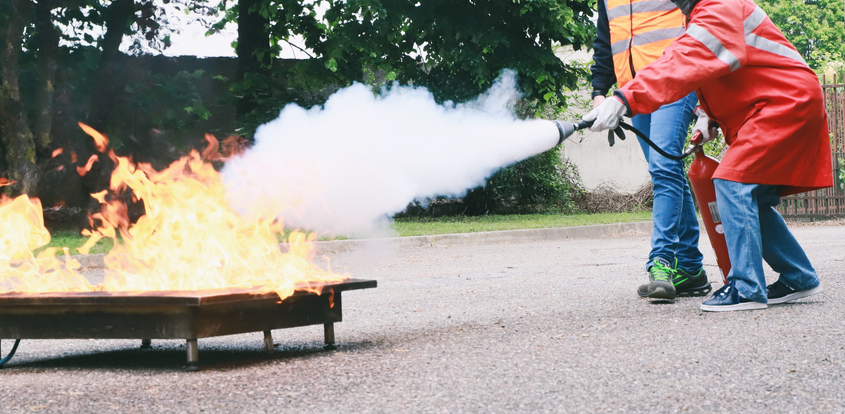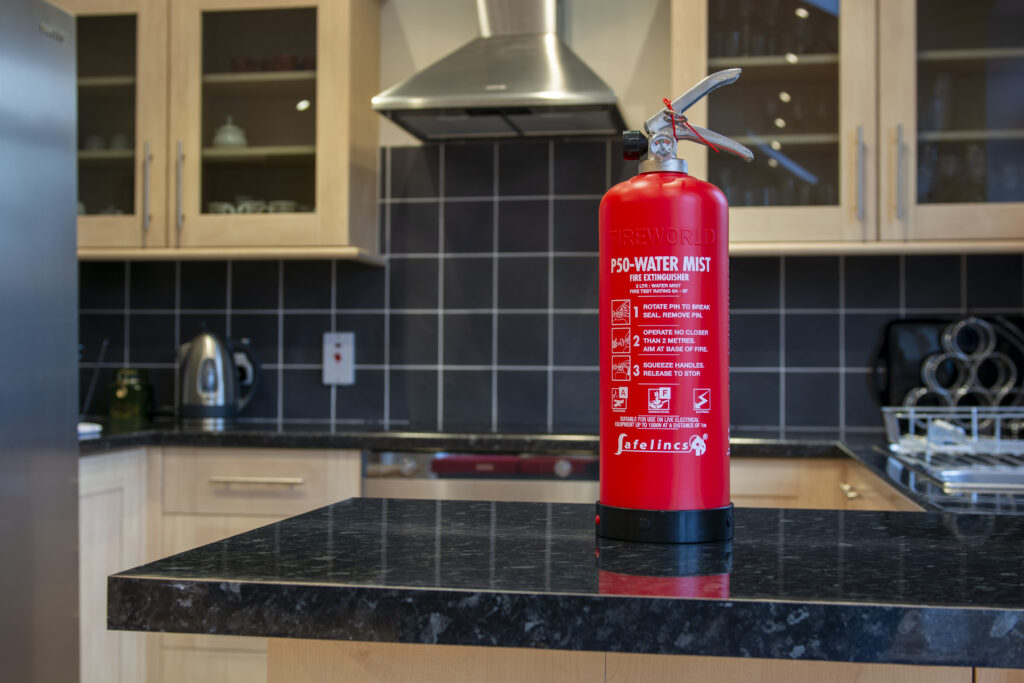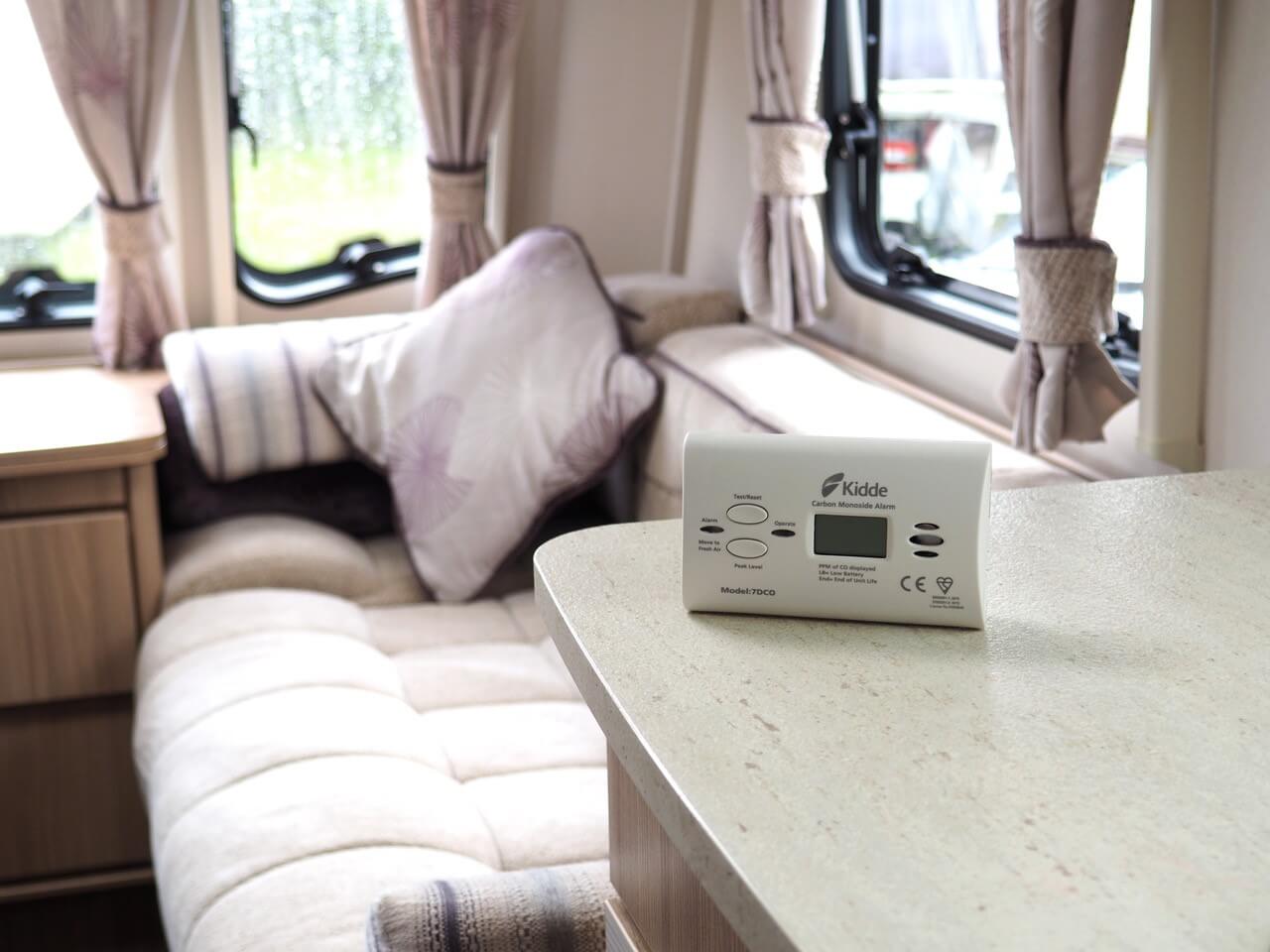Thursday 2nd October 2025
Water fire extinguishers represent one of the most fundamental and practical firefighting tools available today. These devices harness the natural cooling properties of water to suppress fires through multiple mechanisms that work together to eliminate the essential components of the fire triangle.
The primary mechanism involves heat absorption. When discharged onto burning materials, water absorbs tremendous amounts of thermal energy through both sensible heating and latent heat of vaporisation. This process rapidly reduces the temperature of burning materials below their ignition point, effectively breaking the chain reaction of combustion. The transformation of liquid water into steam requires approximately 2,260 kilojoules per kilogram, making it exceptionally efficient at removing heat from fire situations.
What Makes Water Fire Extinguishers Effective Against Organic Materials?
Water fire extinguishers excel at tackling Class A fires, which involve ordinary combustible materials such as wood, paper, fabric, and most plastics. The effectiveness stems from water’s ability to penetrate deep into porous materials, cooling both surface flames and internal hot spots that might otherwise cause reignition.
The cooling effect occurs through direct contact with burning surfaces and through the production of steam. As water vaporises, it creates a barrier of steam that helps displace oxygen around the fire, contributing to suppression through oxygen dilution. This dual action of cooling and smothering provides comprehensive fire suppression for solid combustible materials.
Water also creates a protective layer on unburned surfaces, preventing fire spread through pre-wetting effects. This characteristic proves particularly valuable in structural firefighting, where preventing fire extension becomes as essential as extinguishing existing flames.

Why Are Water Fire Extinguishers Unsuitable for Electrical and Flammable Liquid Fires?
Understanding the limitations of water fire extinguishers proves as necessary as recognising their strengths.
If possible, switch off the electrical equipment first before the water is discharged. One consideration is that water extinguishers could damage sensitive electrical items (a water mist fire extinguisher is a better option, as it is discharged as a fine mist and therefore causes less damage).
For flammable liquid fires, water’s density becomes problematic. Water sinks below most flammable liquids, failing to create an effective barrier between the fuel and ignition sources. Worse, the force of water discharge can spread burning liquids across larger areas, actually escalating the fire situation rather than controlling it.
Water can also cause flammable liquids to boil and spatter when the temperature differential is significant. This violent reaction can spread burning materials and create additional hazards for firefighters and occupants. These fundamental incompatibilities explain why fire extinguishers are classified by fire type, with water types designated explicitly for Class A applications only.

How Should Water Fire Extinguishers Be Applied for Maximum Effectiveness?
Proper application technique significantly impacts water fire extinguisher effectiveness. The discharge should be directed at the base of flames rather than at the flame tops, ensuring that water reaches the burning material rather than simply passing through the flame zone. This approach maximises the cooling effect on the actual fuel source.
For deep-seated fires in materials like upholstery or compressed paper, prolonged application may be necessary to ensure complete penetration and cooling. Operators should continue to discharge even after visible flames disappear, as internal combustion may persist and cause reignition if not thoroughly suppressed.
The spray pattern should be adjusted based on fire characteristics and surrounding conditions. Delicate spray patterns provide better cooling efficiency and reduce water damage, while solid streams offer greater reach and penetration for larger fires or outdoor applications.
Water fire extinguishers operate through scientifically proven mechanisms, making them indispensable tools for Class A fire suppression. Their effectiveness depends on proper selection, application, and understanding of their capabilities and limitations. When used correctly within their intended parameters, water fire extinguishers provide reliable, environmentally friendly, and cost-effective fire suppression for the most common types of fires encountered in residential, commercial, and industrial settings.
All information correct at time of posting.



